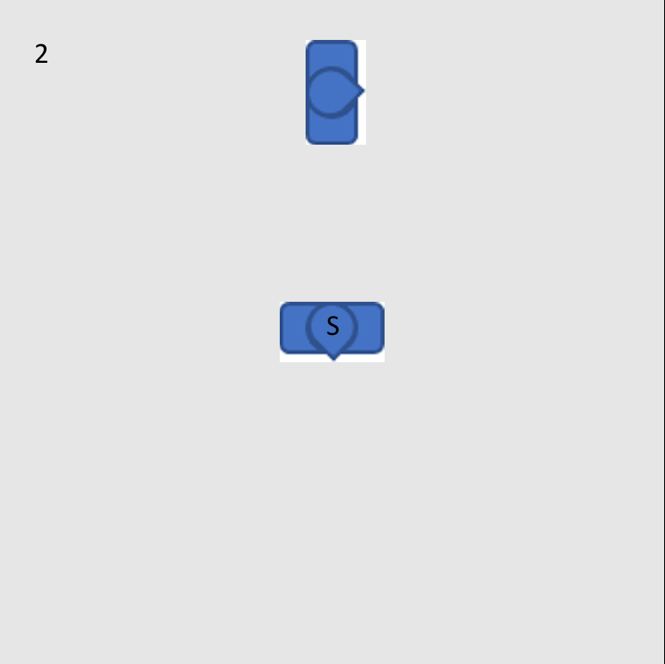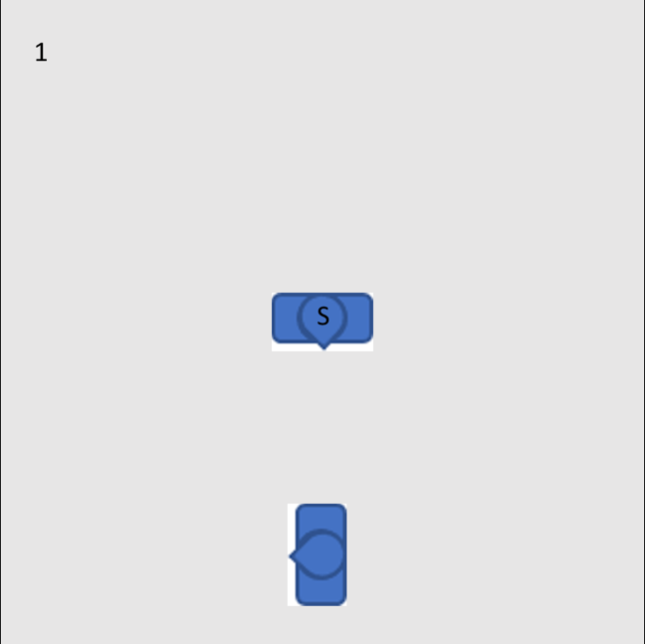Study on social-spatial perception
In one of my earlier blogs I wrote about social-spatial perception, that is, the social interpretation of a spatial arrangement of people or objects, as a form of non-verbal communication.
Last fall, together with a colleague and a student from Movement Sciences at the University of Groningen we designed a pilot study to assess whether people we able to interpret a social relation based on schematic figures and whether the interpretation was consisted between people. We developed schematic pictures showing a dyad in different positions and orientation toward each other. The dyad represented a collaboration between a student and a supervisor, because that is a familiar setting in the university context. The pictures were shown to nine Dutch students and they were asked during an interview to:
1) reflect on the quality of the collaboration and
2) grade to which extent the position and orientation between the student and the supervisor was regarded pleasant.
This small pilot study, suggests that people have a consistent interpretation of social relationships based on the spatial distance and orientation towards each other. When the figures of the student and supervisor were oriented towards each other, the collaboration was assessed more positively. Participants seemed to have no difficulty in translating the schematic figures to a social situation.
Please find more details on the study and the results here.




